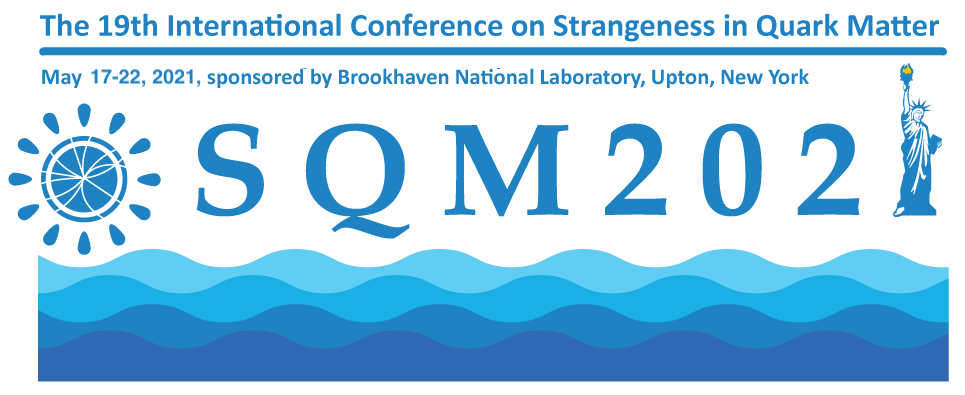Speaker
Description
Recently, significant enhancements of $e^{+}e^{−}$ pairs at very low transverse momentum ($p_{\rm{T}}$) were observed by the STAR collaboration in peripheral Au+Au collisions. The excess can be explained by photon-photon interactions induced by the extremely strong electromagnetic field produced by the fast moving heavy ions. While such photon-photon interactions were traditionally studied in ultra-peripheral collisions without any nuclear overlaps, they could provide a novel probe to the Quark Gluon Plasma (QGP) created in peripheral collisions since the very-low-$p_{\rm{T}}$ dileptons are produced in the early stage of the collisions. Furthermore, the photon-photon interactions could be used to probe the possible existence of strong magnetic field trapped in a conducting QGP medium. Measurements of $\mu^{+}\mu^{-}$ pairs provide a complementary channel to investigate these phenomena.
In 2014 and 2016, the STAR experiment at RHIC recorded large samples of Au+Au collisions at $\sqrt{s_{\rm{NN}}}$ = 200 GeV. In this talk, we will present new mea- surements of invariant mass and yield distributions for $\mu^{+}\mu^{-}$ pair production at $p_{\rm{T}}<$ 0.15 GeV/c. The $p_{\rm{T}}^{2}$ distribution of the excess yields will also be shown. Physics implications will be discussed together with model comparisons.
| Collaboration | STAR Collaboration |
|---|




